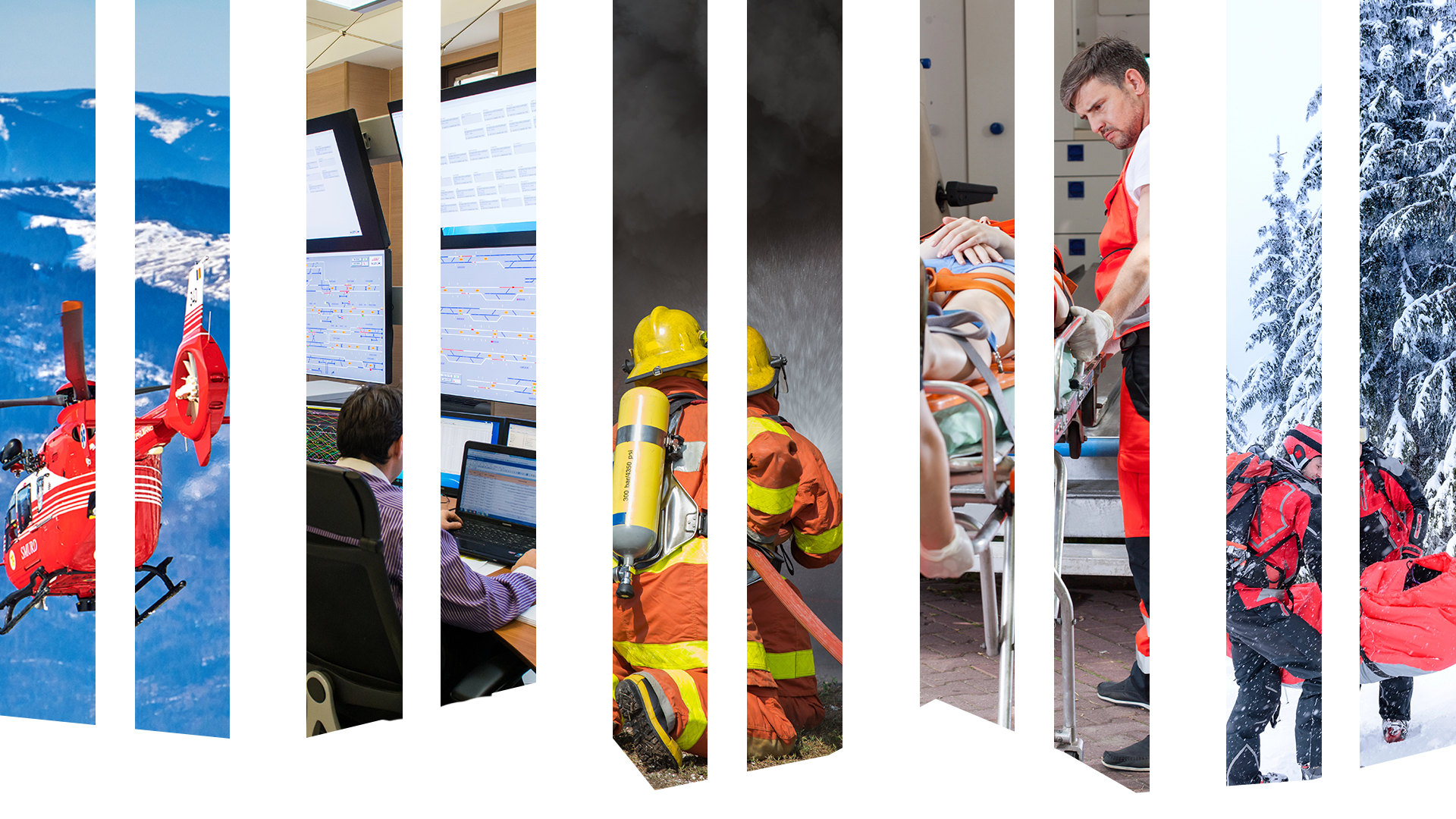Multi-hazard impact forecasting is critical in any crisis leadership. Any risk interconnection is an opportunity to improve prevention and preparedness, conclude participants of the international CRISPRO networking event on April 27th 2021. While the communities favour the smartness of the economies and social life, the urban and rural environments become more vulnerable. The interdependency of biotopes, cities, infrastructures, industrial zones and societies multiply the effects of any unexpected also extreme environmental conditions causing the technological interruption.
A wildfire in Galicia (Spain) started on August 3rd, 2006. In twelve days, the natural phenomenon was distributed to 1636 local fires burning over 100.000 km2 of forest and triggered terrain damage. IN the next three months, microclimate changes of extreme wind and storms multiply the damages. The burnt wood slides into water streams, storms brought floods that emerged mudslides destroying the coastal line(There was collected a split of 5000 tones of mud. Dozens of seafood species got contaminated, and 24.000 jobs affected. The devastating volumes of the environmental, economic and social damages completely changes the approach from single-hazard corrective actions to multiple assessment and management of the risks of potential hazards on the territory of Galicia, explained Marta Trueba, Universidade da Coruña, Spain.
Also, in the French region of Savoy, the authorities are carefully monitoring the chemical factories that can easily contaminate the agricultural lands in the event of a fire, or heavy rains after a wildfire, unlocking landslide mass movements, added Josseline Le Fèvre, SDI73.
Using the concepts of big-data processing and machine learning through single-point information and data integration allows the creation of new products as a combination of available information. Three essential information facilities are laying the foundations of the holistic approach to aggregation and rapid online assessment of information: profiles of the hazards from historical events, sensing technologies, risk maps, critical objects counting for vulnerability, and a set of elements(sectors, groups, territories, etc.) of reference impacts. In addition, the information from crowdsourcing, emergency 112, and cartographical tools, searchers, and publications alike Wiki contribute with variables of data and references to potential effects, added Xavier Llort from HYDS, a partnering SME of the ANYWEHER project. The weather-induced emergency management initiative offers catalogues or weather and climate forecasts products /snow, fire, storm, flood, severe winds, droughts, etc.) advancing climate risk forecasting and global situational awareness for civil protection actors.
A na-tech accident can be a major challenge for rescue services and crisis management authorities, added Timo Hellenberg from Hellenberg International security consultancy group. He stressed that from 1970 to 2012, almost 9 000 disasters, 2 million deaths, and important economic losses were reported globally due to hazards such as floods, tropical cyclones, and snowstorms.
In January 2005, Flooding in the Northern Baltic Sea occurred in the coastal areas in Finland, Estonia and Russia. In Finland, critical moments were in Helsinki and nearby, in the Loviisa nuclear power plant. The na-tech demonstrated that target prevention, preparedness and response plans are very important for the public sector resistance. Communication and intra-organisational reforms need to rebuild the trust to adopt new methods and learn from ”outside” experience and practices.
Hellenberg International also presented the international RAIN initiative about systematic risk management dealing with the impact of extreme weather conditions on critical infrastructure and bringing mitigation tools to enhance the security of the pan-European infrastructure networks.
Globally, the public order is affected by climate changes. Due to draughts in the countries of the Global South lack sources and food, and people flee to look for better conditions. Prof. Giray SADIK from the Yildimir Beyazit University presented a study demonstrating a critical analysis on how refugee influx increase the public disorder by triggering more terrorism driven events in Europe, and globally.
Finally, the importance of online and cost-effective education and table top-exercises for the first responders and policymakers in the field of disaster resilience was demonstrated by three DG ECHO-supported initiatives: “Go digital – a new approach to project management”, ResponSEE (Planning, development and conduct of a Union Civil Protection exercise response to an earthquake in South-East Europe, HEUREKA (Knowledge Network Palestine, Lebanon, Jordan). The projects also ensure knowledge transfer from theory into practice, which means implementing the concepts, gaining knowledge for the practice, and finally exploring and strengthening synergies between civil protection, humanitarian aid organisations, and private entities. Response strengthens the disaster preparedness in the Western Balkans to bring Albania and Bosnia and Herzegovina closer to the UCPM (increase interoperability, enable internet. cooperation). At the same time, the HEUREKA boosts cooperation with the Middle east. Last but not least the AFAN network boosts an information hub for all forest risks and disturbances knowledge relevant for academic users and all risk managers. Furthermore, the fire-disaster driven network enables the users to “connect-collect-exchange” within their communities and meet new potential collaboration partners from all around Europe.
The CRISPRO partnership will redress the examples mentioned above of experience into an interactive online tool for assessing multiple hazards. The idea is to stress the multiple impacts of various events and abandon the philosophy of isolated causes. While interacting risks describes the interaction between environmental disaster drivers and casualty chain, the compound risks refer to simultaneous or successive extreme events (example: climate change and statistical or physical components). In the latter, the background conditions amplify the event. The interconnected risks count on the interdependency of human, environmental, and technological systems and outline the impact on all named systems. Last but not least, the cascading risks outline the disruption of critical / important infrastructure within the tightly coupled organisational system.
If you or your organisation wants to be part of the international open-mode assessment tool on projecting and strengthening resilience in the event of multiple hazards, please share and propose topics, ideas, and solutions by taking part in the CRISPRO online survey.

